A ceramic Christmas tree handed down to you from your great Aunt Nelly, vintage Santa mugs you found at a garage sale, or an ornament that has been on your family’s Christmas tree since your mom was a kid. Each vintage Christmas decoration has personal value to you but they also might be worth a lot of money.
If you have a vintage Christmas decoration and are wondering if it is valuable, there are five key factors to consider, age, rarity, popularity, brand, and condition. Pull out those vintage Christmas decorations and read on because this post is full of information and tips on how to determine if your vintage Christmas decoration has value.
What makes a Christmas Decoration Vintage?
Vintage? Antique? What’s the difference? Let’s break it down.
The specific definition of “vintage” can vary, but in general, people agree that an item between 20 and 99 years old is considered vintage. Defining “Antiques” is a bit more clear and is defined as an item being at least 100 years old. The older the decoration, the more valuable it is likely to be.
VINTAGE – between 20 and 99 years old
ANTIQUE – at least 100 years old
How to determine if your Christmas Decoration is Vintage
Investigate – Alright, Sherlock, it’s time to investigate. Check all over your item for anything that would indicate a date. A tag, a stamp on the bottom, an artist’s signature with a date, or anything that will point to a year or period of time.
Google Lens – Another great tool is Google Lens. If you have an iPhone or iPad Get the Google app on your iOS Device or if you have an Android device use the Google Lens app. Simply search google by taking a photo of your Christmas Decoration to see what information you can dig up on the internet. With enough scouring, you can usually determine the time period of the Christmas decoration.
What Makes a Vintage Christmas Decoration a Collectible?
Let’s start with defining “collectible”. Simply put, a collectible is an item that is valued by the collector(s). A collectible is not necessarily an item that is worth money but rather something the collector values and/or has a deep interest in. Some people enjoy collecting items that have a personal meaning or connection to them. For example, I might collect heart-shaped rocks I find while hiking. Although they are not worth anything to most people, to me (the collector) they are highly valuable. On the flip side, others enjoy collecting items that a community of people agree are treasured collectibles. Collectables like this can have high potential value and be a great investment.
Now let’s focus on vintage Christmas collectibles. Vintage Christmas collectibles are items that people collect to use, display or cherish at Christmas time. Some of these vintage Christmas collectibles are very personal and have little to no market value. For example, Christmas ornaments your children made over the years. While other items are collectibles found in many other homes at Christmas time. For example ceramic Christmas trees or Department 56 Christmas village buildings. These types of collectibles have a market value, and in many cases may be worth a lot more than you might have thought. These are the types of Vintage Christmas Collectibles we will focus on.
What Makes a Vintage Christmas Collectible Valuable?
There are 2 major things that affect the market value of a vintage Christmas collectible. Let’s take a little trip back to Highschool Economics to help explain. The ever-important Supply and Demand or better for our discussion…Rarity and Popularity.
Let’s start with RARITY. The rarer a vintage Christmas Collectable is, the higher the market value will be. There are many reasons the supply of a vintage Christmas collectible might be limited but regardless of the reason, the limited supply means it’s harder for collectors to find one. This rarity makes it more coveted to own and hence increases the market value.
Next is POPULARITY. The more popular a vintage Christmas Collectable is, the higher the market value will be. However, unlike rarity, popularity as a driver for market value is volatile. It can be highly influenced by current pop culture trends or even trends within the community of collectors. A perfect example of this is Beanie Babies. The market value of Beanie Babies in the 90s was so high, people collected them thinking they would be their nest egg for retirement. Enter 2020’s and that same collection now couldn’t buy you a used car.
Two caveats to mention. Condition and brand.
Condition – In both rarity and popularity, the condition of the collectible will have a huge influence over market value. The closer to the original condition, the higher the Market value. Vintage Christmas collectibles that are in Excellent to Very Good condition will be worth more than ones that are in Good to Poor condition. Check out my “Vintage Collectables Condition Guide” below I use when determining the condition of a vintage Christmas collectible.
Brand – Often times the brand matters when it comes to collectibles, and it is no different for vintage Christmas collectibles. If it’s a particular brand that makes the vintage Christmas item a collectible, beware of knock-offs and look-alikes. Here’s a tip. If it is the Brand that makes the item a collectible, you will almost certainly be able to find branding on the item. In rare cases, the branding may have fallen off or been removed, but the vast majority of the time it will be on item.
Vintage Collectable Condition Guide
Determining the condition of a vintage item is an important step when it comes to determining its value. Whether you are a collector looking to add to your collection or a seller trying to determine the worth of an item, understanding its condition is crucial.
Before using the Vintage Collectable Condition scale below, start by thoroughly inspecting the item. Look for any signs of wear, damage, or repairs. Make note of any chips, cracks, or scratches on the surface, as well as any discoloration or fading.
Below is the vintage condition scale/guide I use when determining the condition of a vintage item. There is no standard scale or guide for vintage Christmas Collectables. I developed this scale using years of experience and referencing other more standard scales (I.E. books, comic books, clothing, and coins).
Note: Market Values really start to fall off for vintage Christmas collectables in the “Good” and lower range. Only older, incredibly rare or highly popular items will still yield good market values in these ranges. Remember to be as thorough and objective as possible when evaluating the condition of an item, as this will help ensure that you are accurately assessing its worth.
- NEW IN BOX (NIB) or NEVER REMOVED FROM BOX (NRFB) – The item is in the original box it came in with original seals/shrink wrap and has never been removed. The item is untouched and like new, exactly as it would have been when first produced. However, the item has not been tested so if it is mechanical or electrical it can not be confirmed that it is in working order.
- EXCELLENT – There are no noticeable chips, cracks, or discolorations in the paint or fabric. There may be very light wear only noticeable when closely inspected or not visible when displayed. The paint/fabric colors are still bright and look “like new”. The item is clean and does not smell. The item looks new with no major defects. If it’s a set, all pieces in the set are present.
- VERY GOOD – There are no cracks or discolorations. There may be some chips only noticeable when closely inspected or nearly invisible when displayed. There may be some very light wear (I.E. scuffing, creasing, scratches, or paint/fabric wear) visible when displayed. The paint/fabric colors are still bright and close to “like new”. The item is clean and does not smell. There might be some evidence of dust collection. If it’s a set, all pieces needed for a complete set are present.
- GOOD – There are no cracks. There may be some chips noticeable when displayed. There may be some fading, discoloration, or missing color to paint and fabric consistent with normal use. There may be some light wear (I.E. scuffing, creasing, scratches, or dents) consistent with normal use visible when displayed. Some of the decorative elements may be missing. The item is clean and does not smell. There might be some evidence of dust collection. If it’s a set, all pieces needed for a complete set are present.
- FAIR – There may be visible cracks but the item is still usable. There may be chips or deep scratches noticeable when displayed. There may be fading, discoloration or missing color to paint and fabric consistent with normal use. There may be some wear and tear (I.E. scuffing, creasing, scratches, or dents) consistent with normal use visible when displayed. Some of the decorative elements may be missing. The item is reasonably clean and does not smell. There might be some evidence of dust collection. If it’s a set, all pieces needed for a complete set are present but they may not be the original pieces and parts.
- POOR – There will be noticeable chips, cracks, and discolorations. The item is not usable or working in its current condition but may be able to be fixed. There are chips or deep scratches noticeable when displayed. There is fading, discoloration, or missing color to paint and fabric consistent with harsher than normal use. There is wear and tear (I.E. scuffing, creasing, scratches, chewing, denting) consistent with harsher than normal use. Some of the decorative elements may be missing. The item may be dirty or dusty and have a slight odor. If it’s a set, some of the pieces will be missing or unusable, or in poor condition.
- VERY POOR – There is no hope. It’s unusable and unable to be restored. Chipped, cracked, discolored, heavily soiled, with bad odors, and missing many pieces to the set. It might have sentimental value to you personally but there is no market value.
By using this Vintage Collectable Condition Guide, you can accurately rank the condition of a vintage item and get a better sense of its value.
What’s my Vintage Christmas Collectible Worth
Last step. Determine market value. Market value is what you can get for the item in an open marketplace. Note, this is not the appraised value. Only a certified Appraiser can provide you with an appraised value.
To get a general idea of market value, check marketplaces like eBay, Etsy, and Facebook Marketplace for similar items with the same brand and condition as your vintage Christmas item. But BE WARY! Many times sellers don’t know what they have or they have bad information about the market value of the vintage Christmas item. Look at multiple marketplaces and collect many data points before.
This is another great time to use Google Lens. You can use Google Lens to search the internet for items that visually match the vintage Christmas decor you have.
So go on and pull out those vintage Christmas decorations and use the information in this post to determine if your vintage Christmas decoration is a valuable Christmas Collectable.

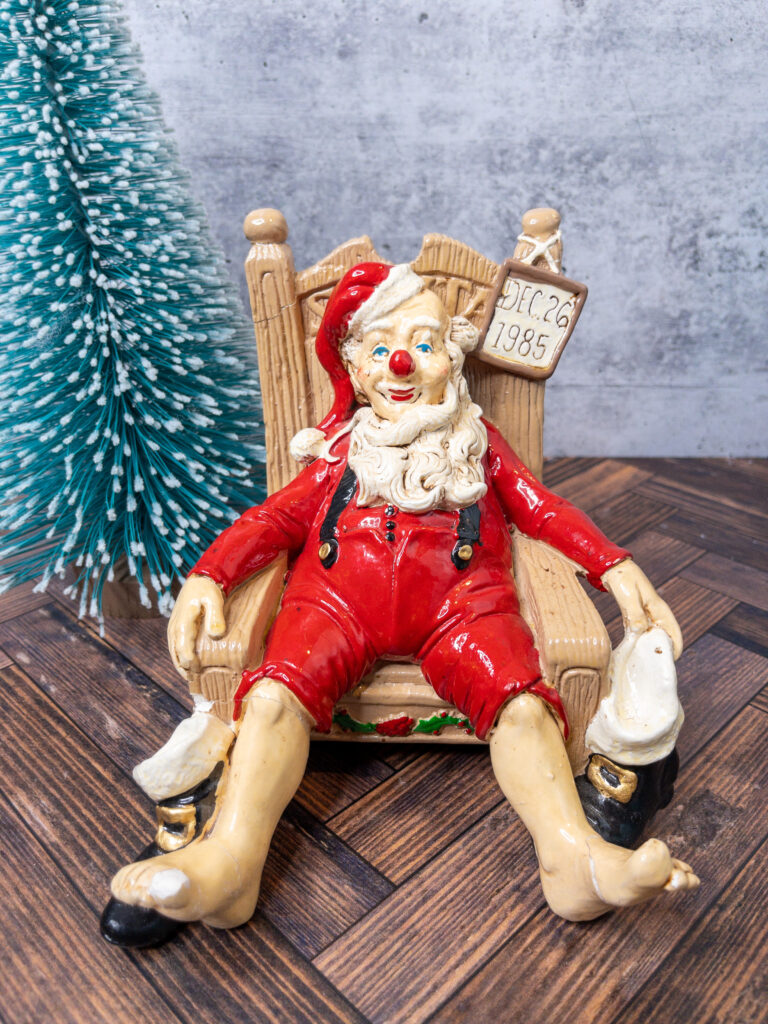
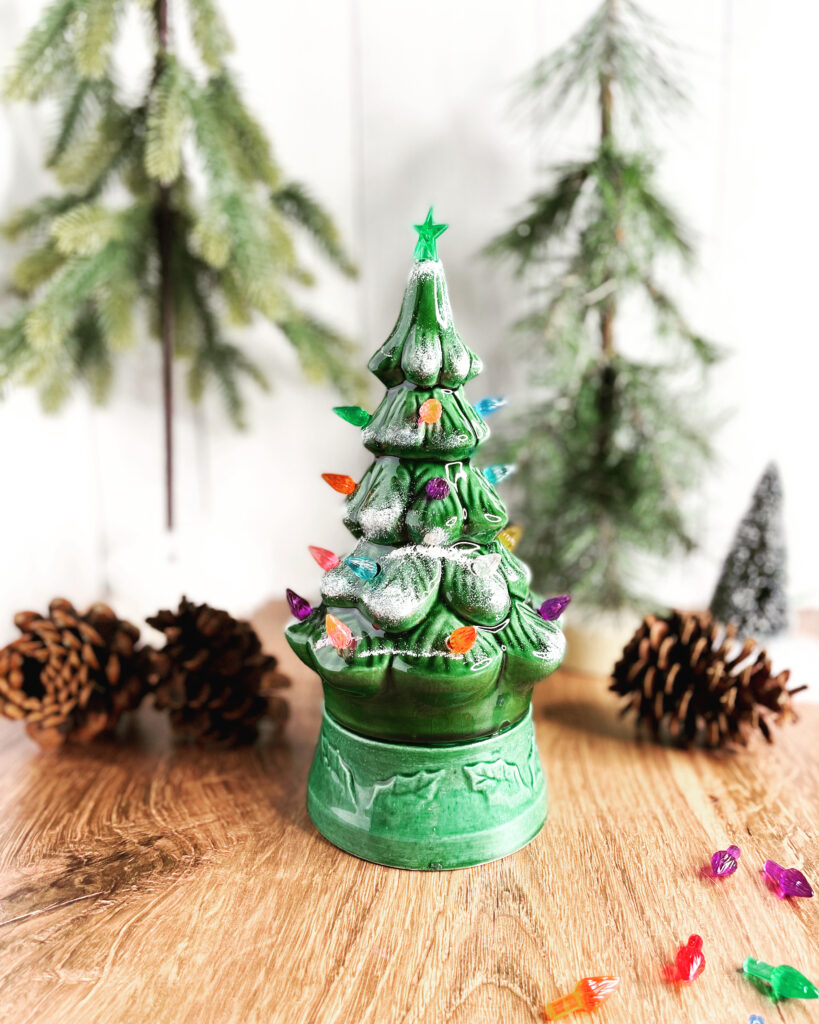
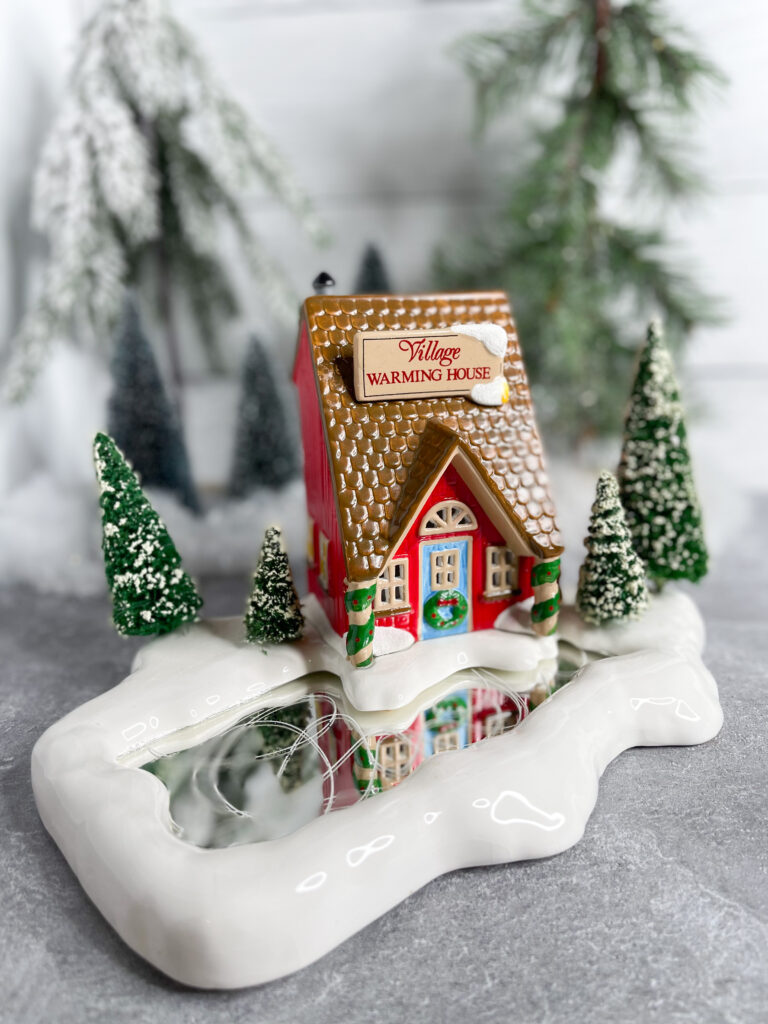

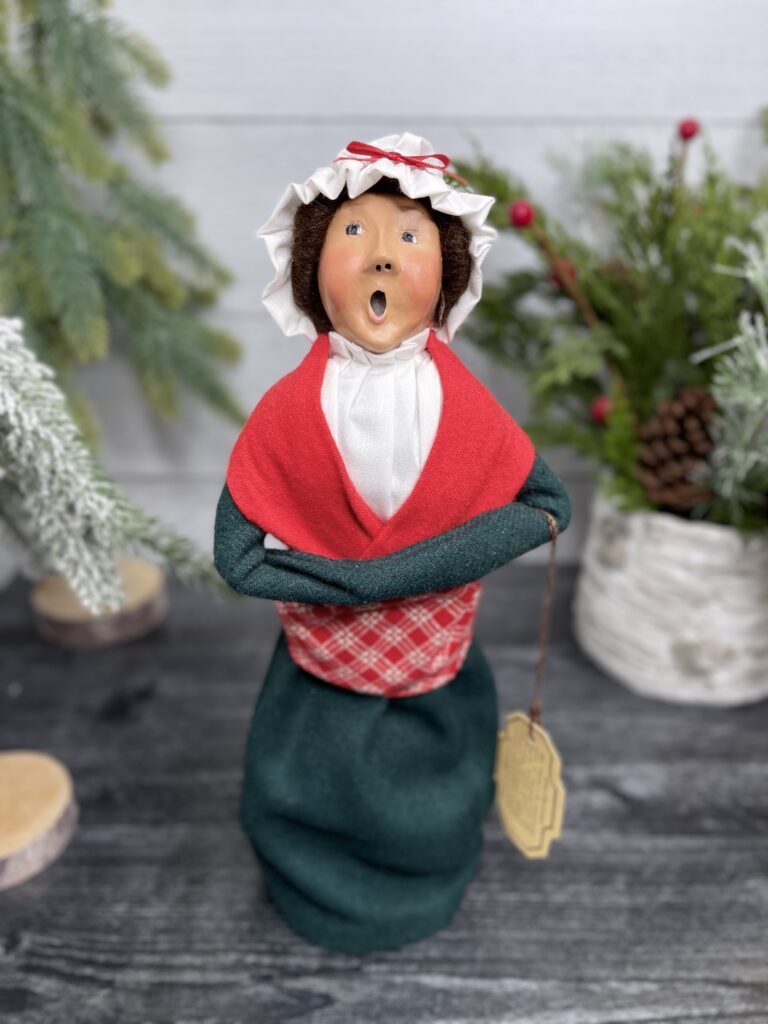
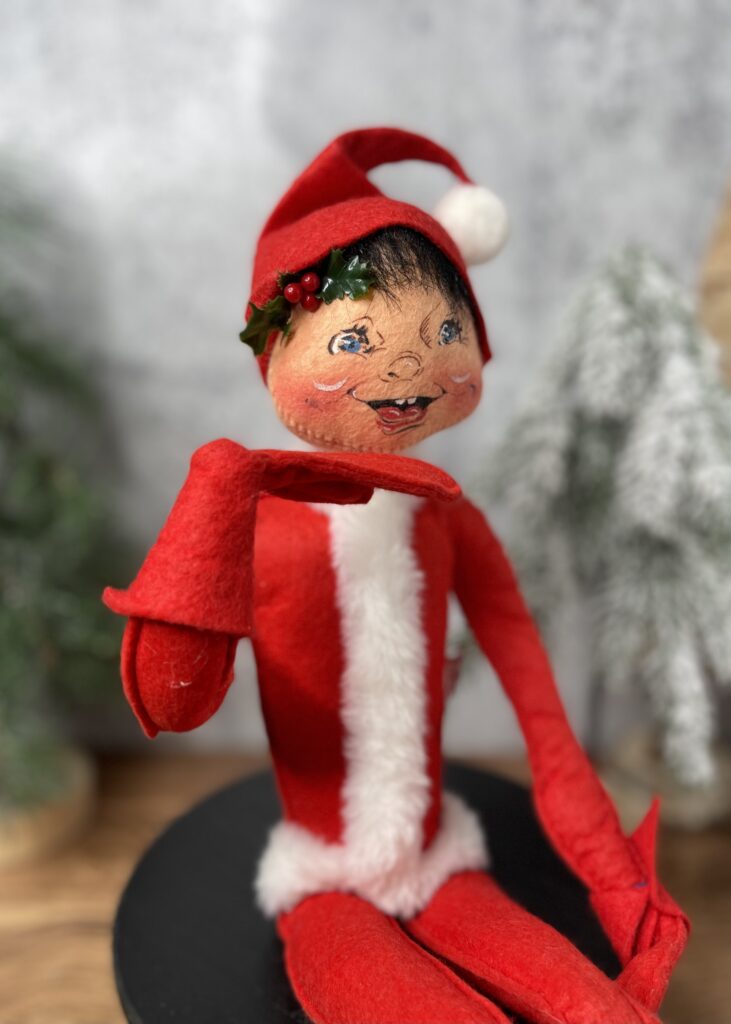
3 Replies to “How to Know if Your Vintage Christmas Decoration is Worth Money”